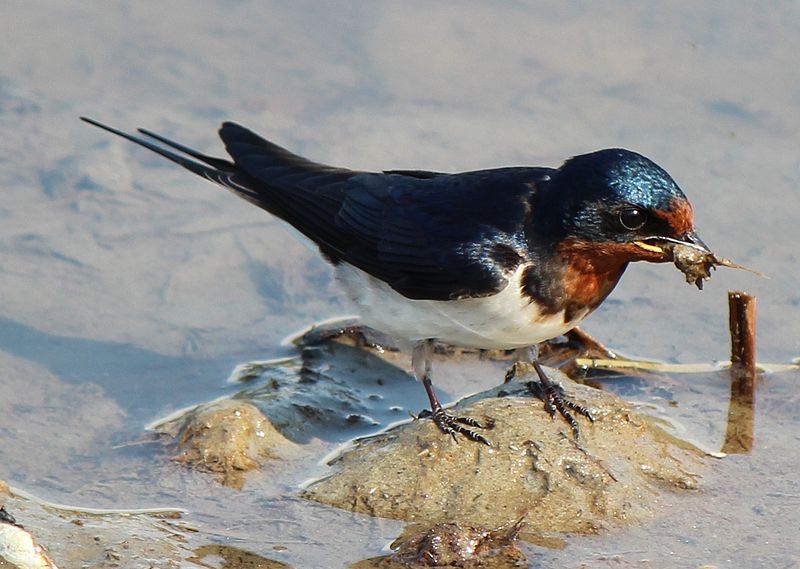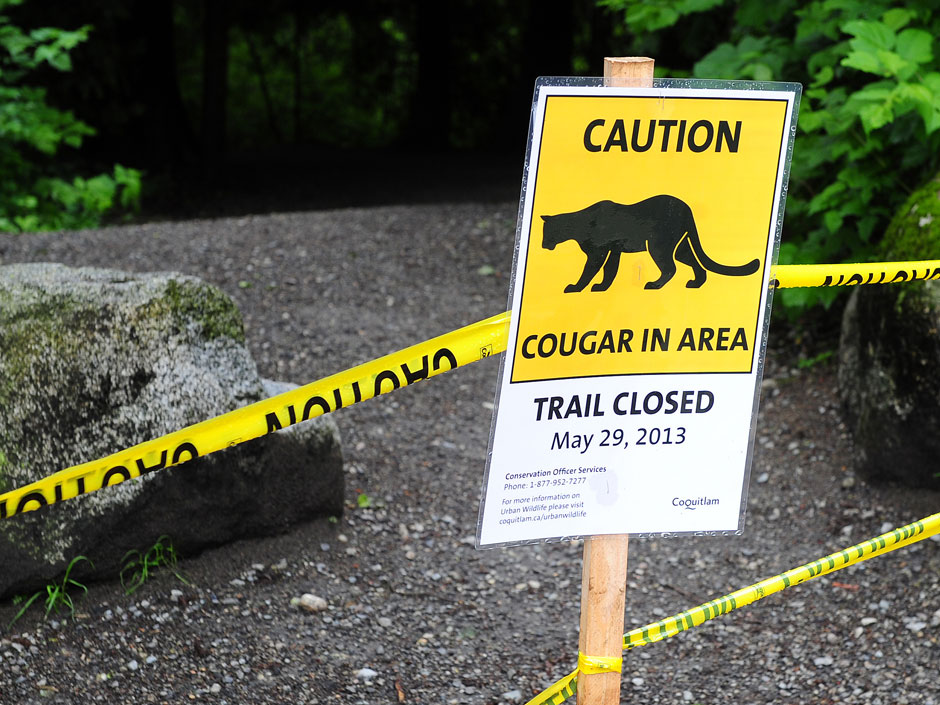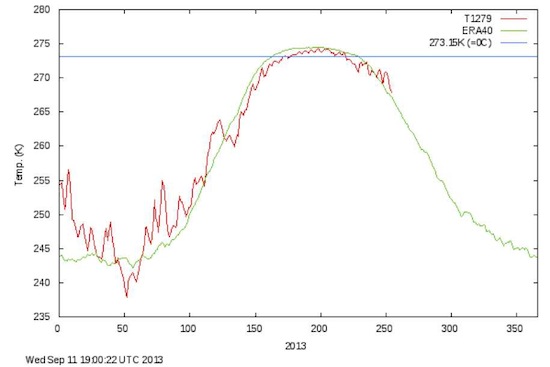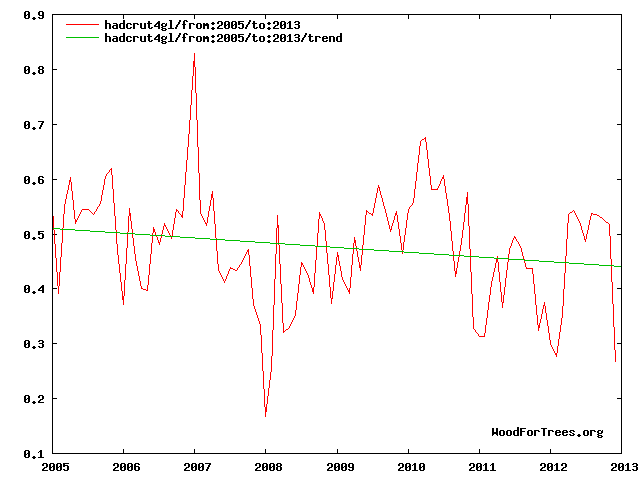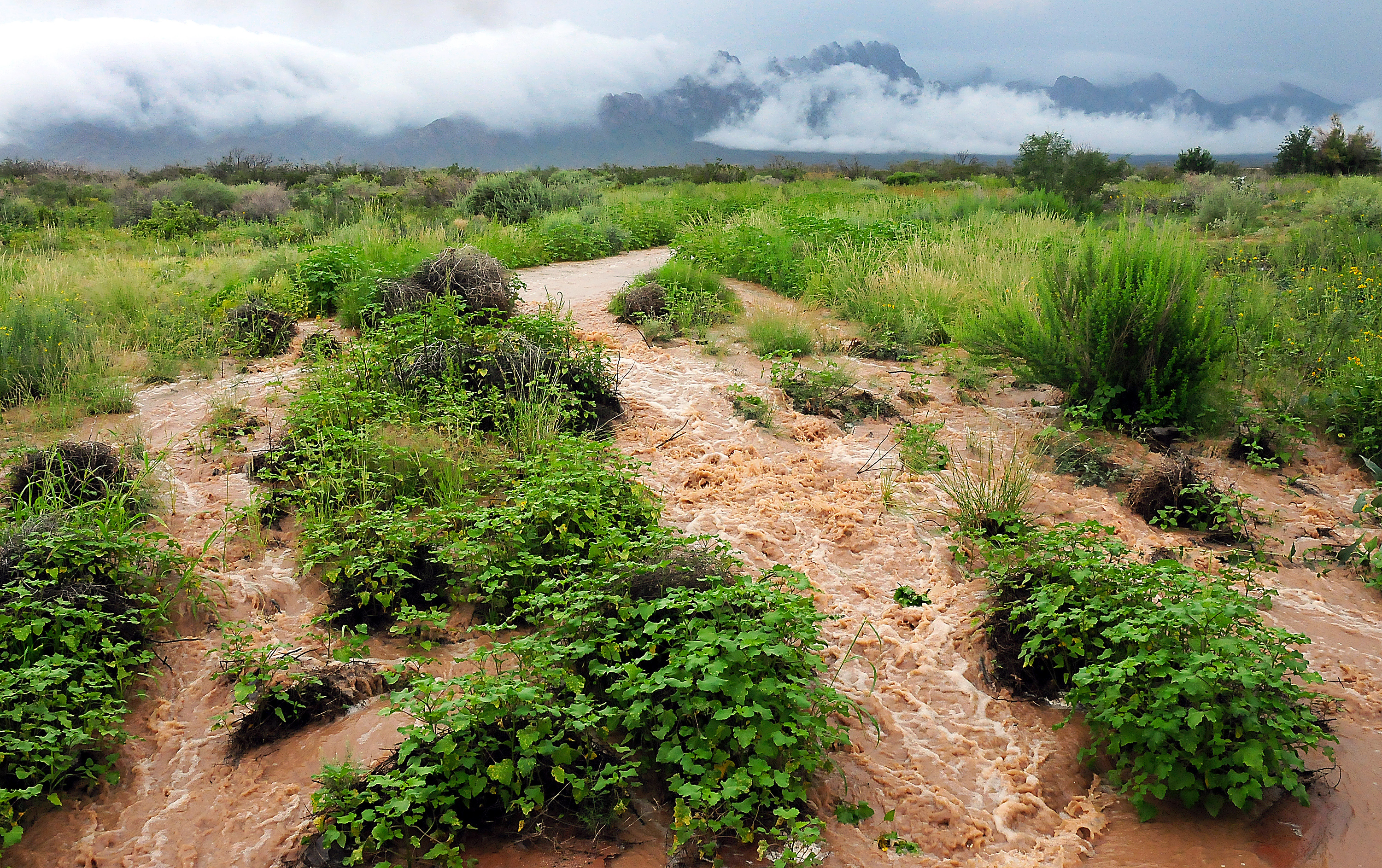
The Artesia Fire Department has cobbled together a fleet of boats and helicopters to rescue people from a Lakewood RV park and a small neighborhood.
The department is using half a dozen boats and two helicopters. A Blackhawk helicopter is on the way.
South of Lakewood, a cargo train has gotten stuck. The crew has remained on board until help arrives.
Totals from the National Weather Service are striking, with Eddy County being the hardest hit in the state. More than 5.5 inches have fallen in Queen, and nearly three inches have fallen in parts of Carlsbad since Sept. 11.
The service has also issued a flood warning for De Baca and Chaves Counties until 3:15 p.m.
Those areas are getting four inches and more of rain.
